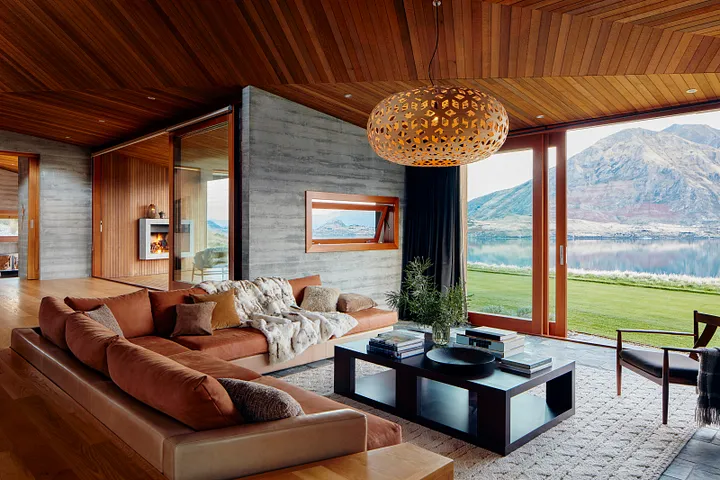
PM Interview: Favorite Product
The question “What’s your favorite product?” in PM interviews is a staple. It’s a straightforward yet insightful query that serves as an icebreaker, reveals your thought process, and is an enjoyable way for the interviewer to know you better.
What to Expect
- Nature of Question: Often the first substantial question.
- Duration: Response and explanation: 3–7 minutes. Follow-ups: 3–5 minutes.
- Purpose: Assesses how you perceive and evaluate products.
Variants of the Question
- Company-Specific: e.g., “Favorite Google product?”
- Category-Specific: e.g., “Favorite non-tech product?”
- Format Variations: e.g., “Favorite app?” or “Top three products.”
- Alternative Perspectives: e.g., “A product you dislike but others love?”
Strategy for Answering
- Choice of Product: Genuine interest and familiarity are key.
The Three P’s
- Passion: Pick a product you are passionate about.
- Perspective: Offer a nuanced view.
- Personality: Showcase aspects of your personality.
Avoidances
- Overly simple products.
- Competitor’s products in the context of the interviewing company.
Answer Framework
1. Naming and Explaining the Product
- Brief description. Detail varies based on popularity.
- Example: Notion.
2. Describing Fit to Needs
- Illustrate personal relevance and design choices that suit your needs.
- Focus on characteristics, not just utility.
- Example with Notion: Discussing its organizational capabilities.
3. Handling Follow-Up Questions
- Be prepared for diverse directions: analytical, strategic, or product-specific queries.
- Common query: Suggestions for improvement.
- Example with Notion: Improving information indexing and search functionality.
My Favorite Product: Airbnb
1. Naming and Explaining the Product
- Description: Airbnb is an online marketplace for lodging, primarily offering homestays and unique accommodations.
- Distinctiveness: Revolutionized travel by providing authentic, local living experiences, diverging from traditional hotel offerings.
2. Describing Fit to Needs
Personal Connection
- Offers immersive cultural experiences, aligning with my preference for authentic travel.
Functional Aspects
- Variety of options: Apartments in urban locales, exotic retreats.
- Facilitates deeper connections with local communities.
- User Interface: Intuitive and reliable, aiding in accommodation selection based on specific preferences (e.g., Wi-Fi availability, location).
Impact on Travel Experience
- Personalization: Tailors to diverse and adventurous travel styles.
- Reviews and Trust: Enhances confidence in accommodation choices.
3. Handling Follow-Up Questions
1. Measuring Success with Unique Metrics:
Key Metrics
- User Growth: Evaluates market penetration and brand reach.
- Repeat Bookings: Indicates customer loyalty and satisfaction.
- Customer Satisfaction Scores: Reflects the quality of user experience.
- Host Engagement: Measures the frequency and quality of host listings.
- Revenue Growth: Assesses financial success and market viability.
2. Suggested Improvements:
- Localized Experience Customization: Tailoring the app experience based on cultural and regional preferences.
- Augmented Reality Previews: Offering AR-based previews of accommodations for a more immersive decision-making process.
- Dynamic Pricing Algorithm: Enhancing the pricing model to better match local economic conditions and seasonal demands.
- Integrated Travel Itinerary Planner: Allowing users to plan their entire trip, including local experiences and transportation, directly within the Airbnb platform.
3. Growth Strategy:
- Collaborations with Educational Institutions: Providing student-focused accommodations and experiences.
- Airbnb for Workspaces: Expanding into the remote work and coworking space market.
- Health and Wellness Retreats: Partnering with health and wellness providers to offer specialized retreats.
4. Product Evolution with Forward-Thinking Ideas:
- Smart Home Integration: Enabling seamless integration with smart home technologies in Airbnb properties.
- Sustainable Living Showcase: Introducing a category for eco-friendly and sustainable living spaces, promoting green tourism.
5. Handling Market Challenges with Strategic Initiatives:
- Hyperlocal Regulatory Strategies: Developing tailored strategies to navigate diverse local regulations.
- Brand Diversification: Exploring sub-brands targeting different market segments, such as luxury travel or budget-friendly options.
- Community-Driven Development: Engaging with local communities for sustainable development and minimizing tourism-related conflicts.
Conclusion
Airbnb is not just a service but an enabler of enriched and personalized travel experiences, perfectly aligning with my preferences for authenticity and local immersion in travel. Its potential for improvement and growth further enhances its appeal as a product worthy of discussion in a PM context.
The product I dislike but others love: Electric Scooters
Passion
Concerns about safety and urban clutter.
Perspective
Discuss the challenges they pose in city planning, pedestrian safety, and the disorder often caused by their haphazard parking.
Personality
Reflects a concern for urban aesthetics, public safety, and orderly city management.
Favorite Non-Tech Product: Levi’s 501 Jeans
Passion
Iconic and timeless fashion piece.
Perspective
Emphasize the durability, style versatility, and cultural significance of Levi’s in fashion history.
Personality
Suggests a preference for reliability, comfort, and timeless style.
1. Naming and Explaining the Product
- Description: Levi’s 501 Jeans, a classic and iconic denim garment.
- Distinctiveness: Renowned for their timeless design, durability, and universal appeal across various fashion trends.
2. Describing Fit to Needs
Personal Connection: Represents a blend of comfort, durability, and style.
Functional Aspects:
- Versatility: Suitable for a wide range of occasions, from casual outings to semi-formal events.
- Quality: Well-crafted, ensuring longevity and value for money.
Impact on Personal Style:
- Style Statement: Suits my preference for classic, enduring fashion over fast-changing trends.
- Cultural Significance: Embodies a piece of fashion history, connecting with a legacy of quality and authenticity.
3. Handling Follow-Up Questions
Innovation in Design: Incorporating sustainable materials while maintaining quality.
Brand Strategy: Emphasizing eco-friendly practices and sustainable fashion.
Conclusion
Levi’s 501 Jeans not only align with my personal style but also represent a commitment to quality and sustainability in the fashion industry. They exemplify how classic design can withstand the test of time and remain relevant and popular across generations.


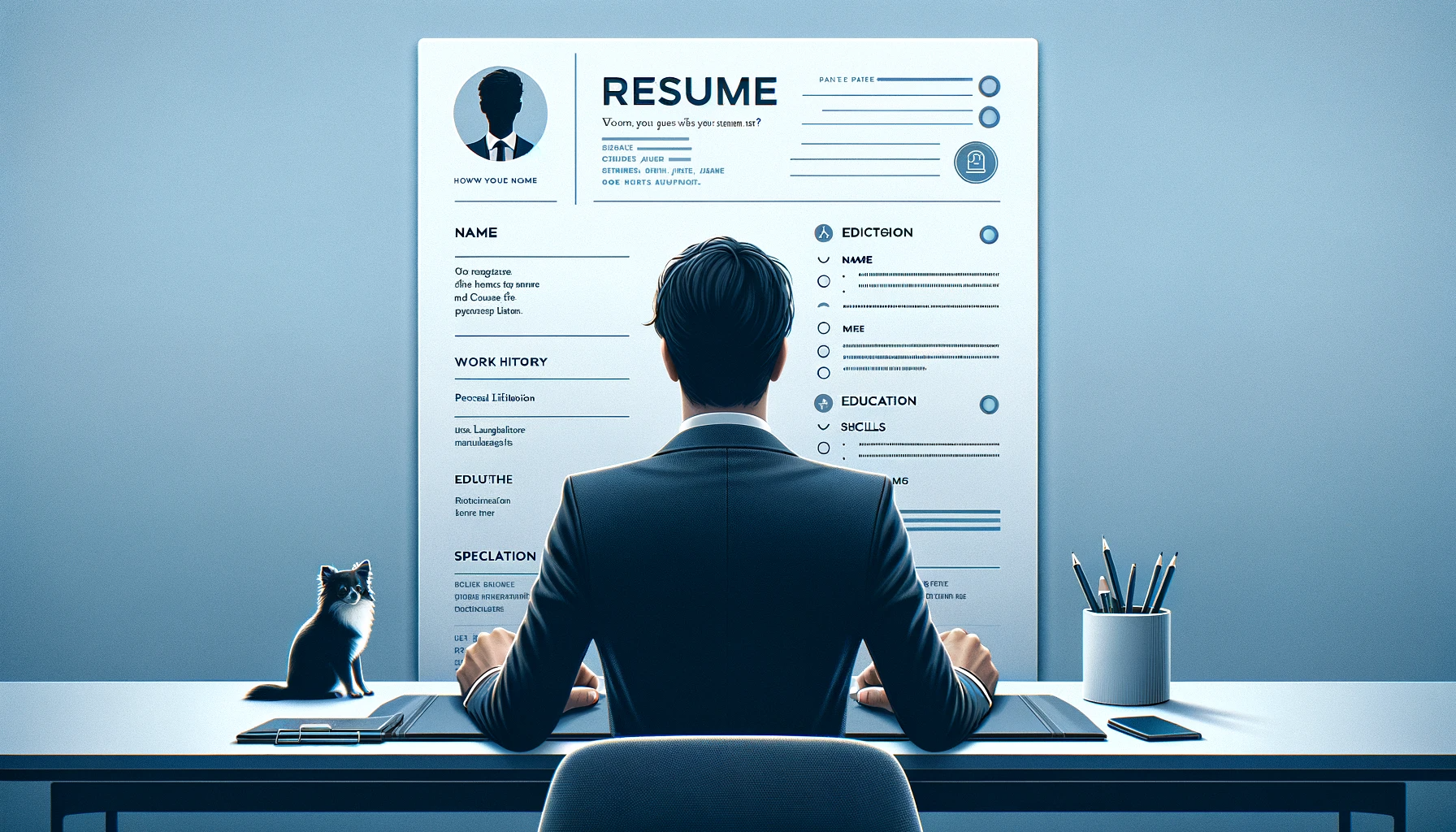
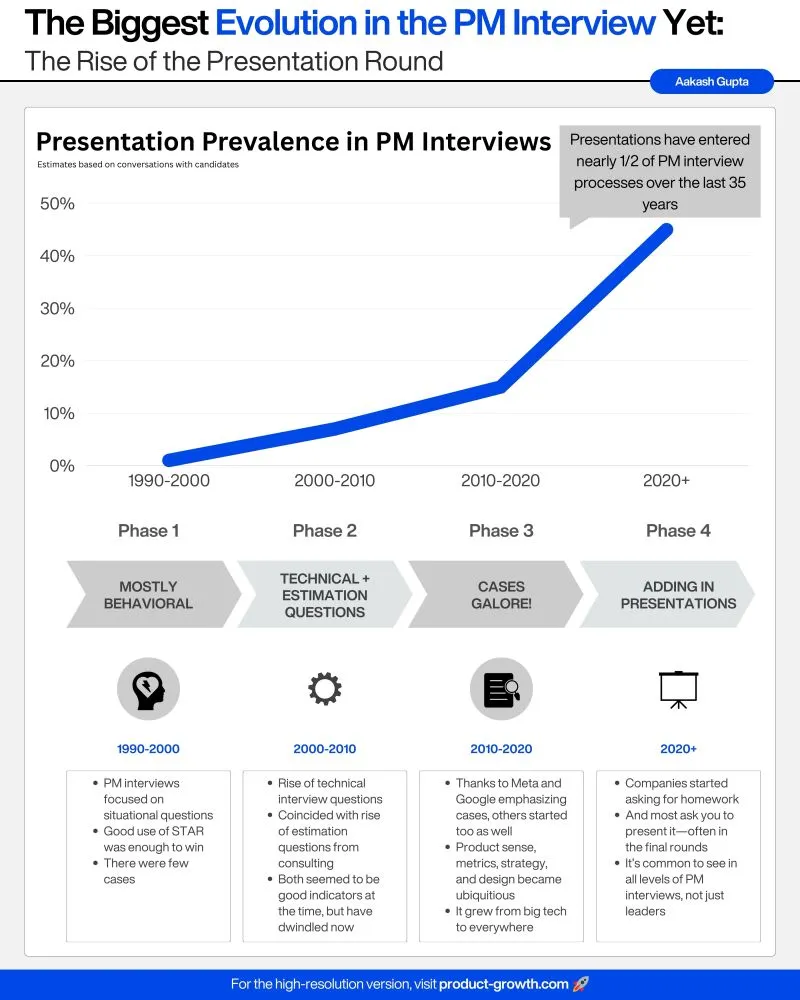
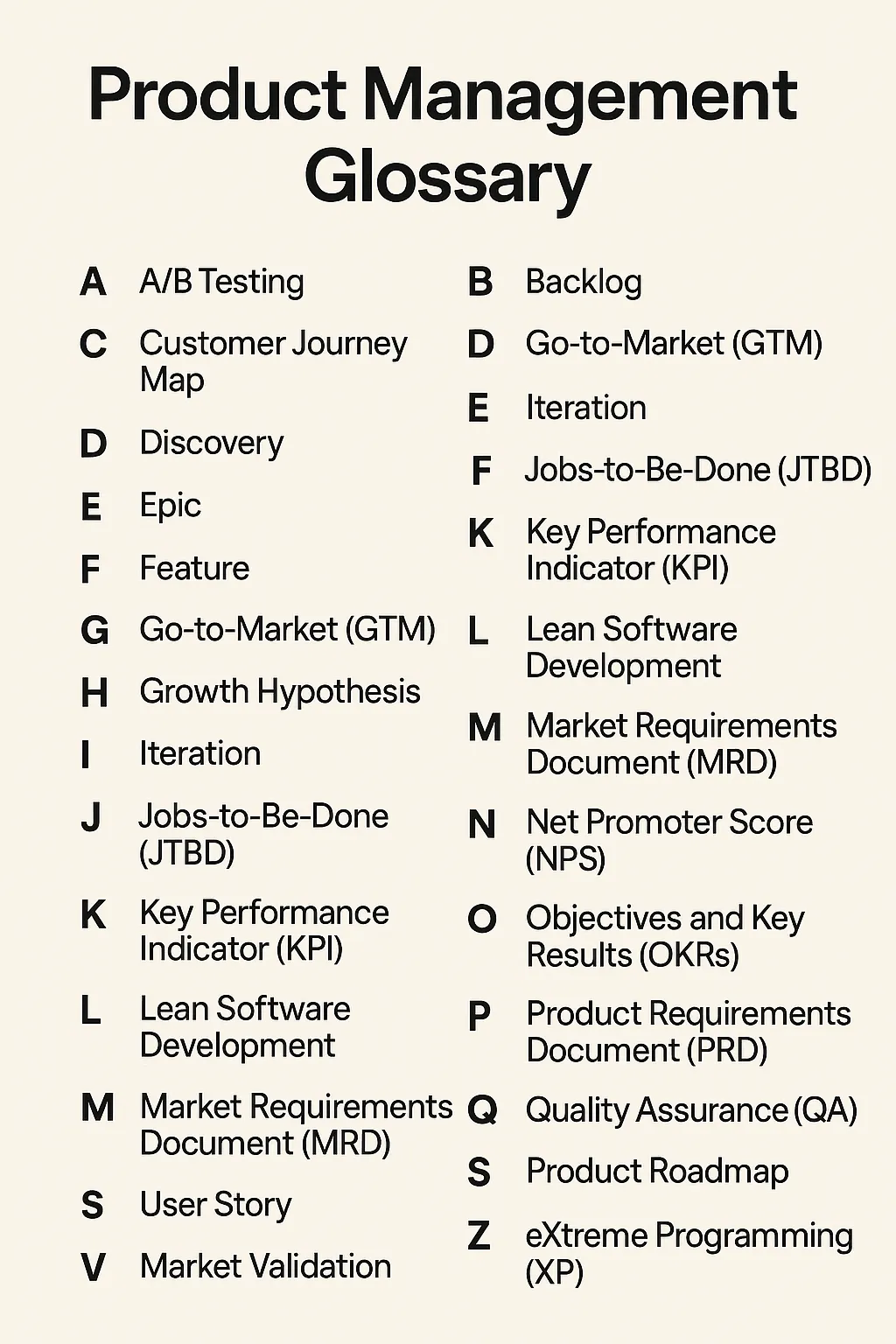
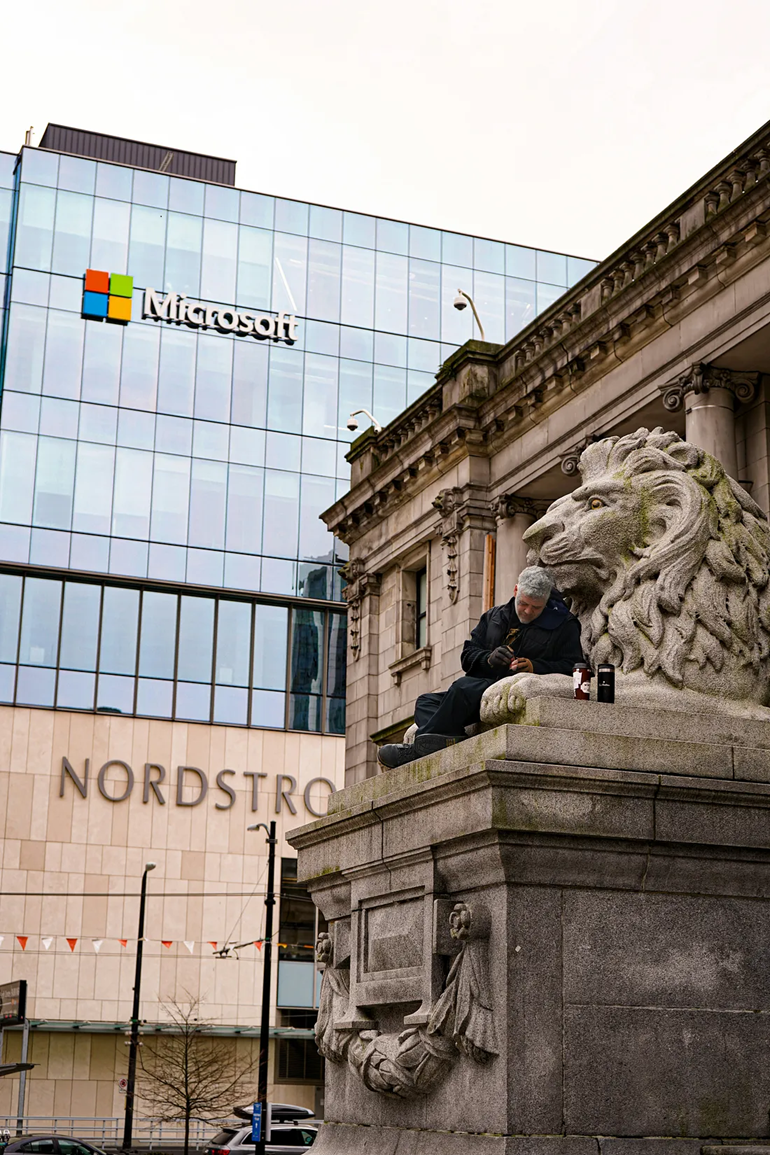
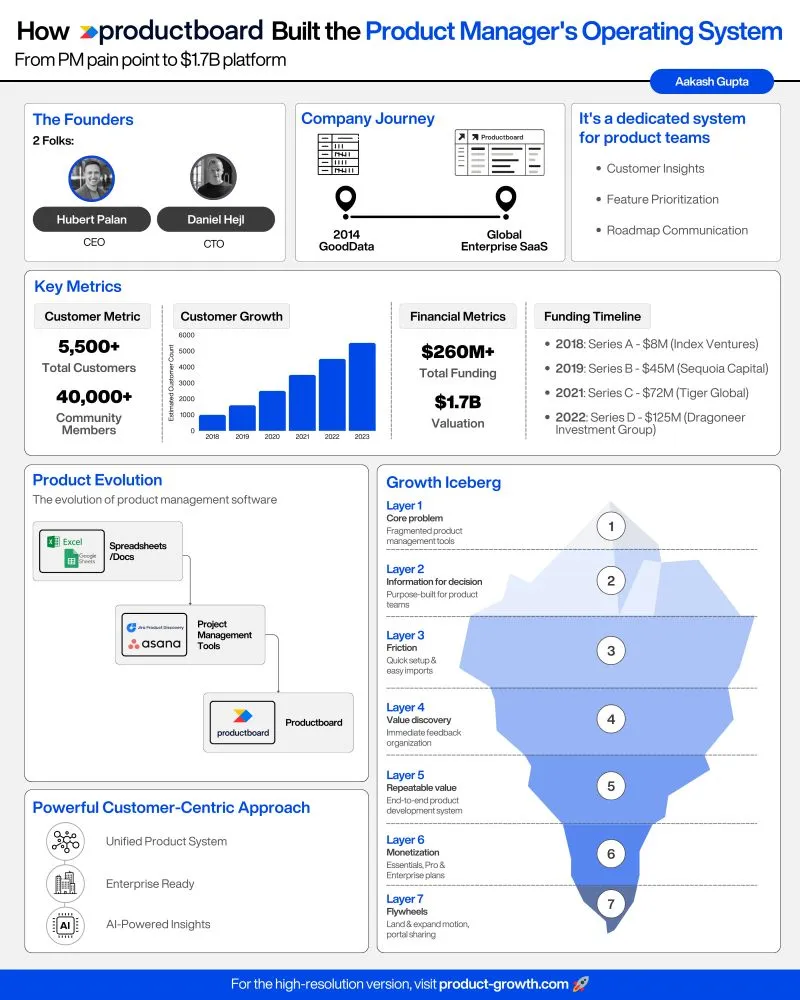


Comments ...
No Comments Yet ...Add One